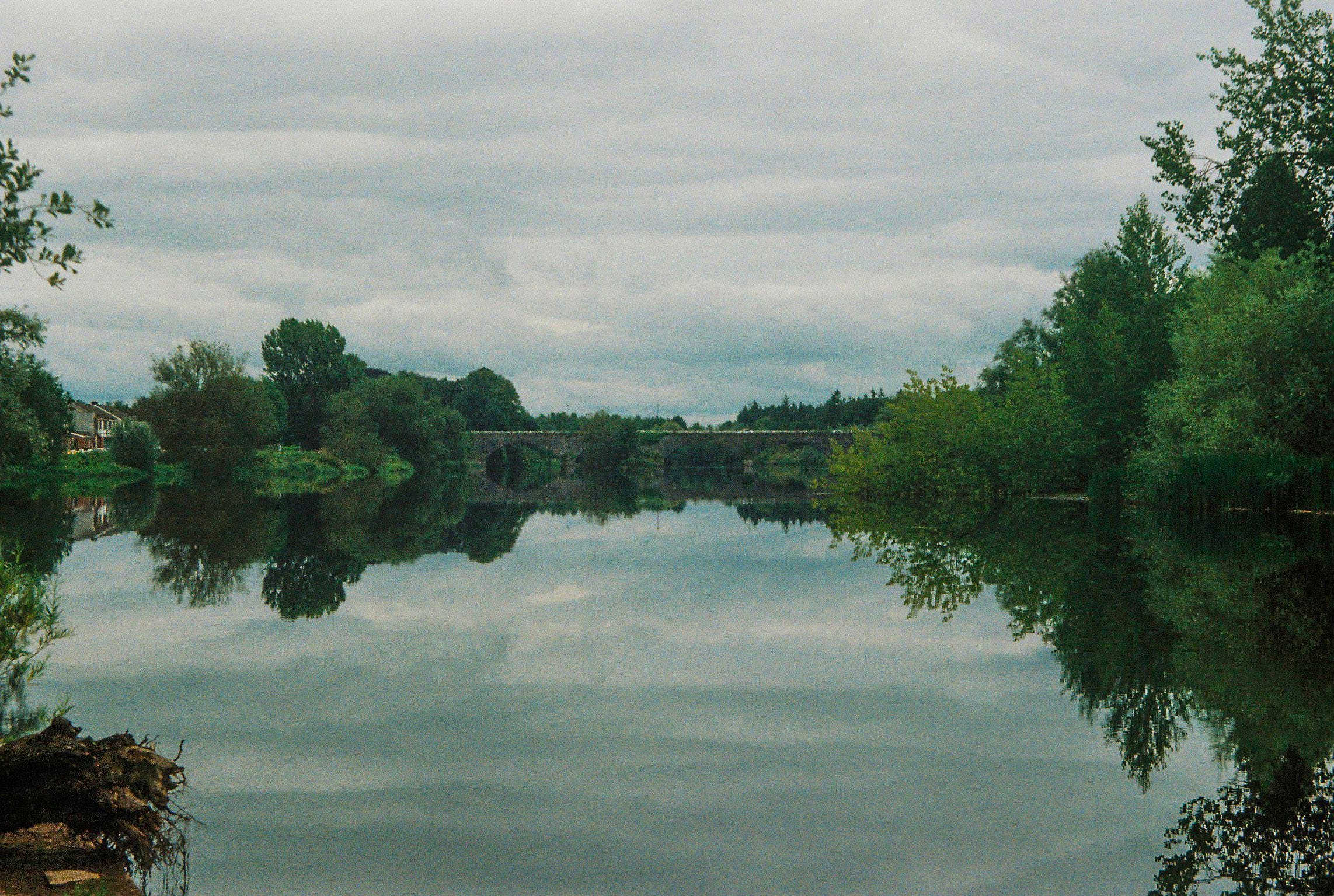
About Róisín
My work delves into the narratives that emerge from the convergence of place, memory, and cultural history. By engaging with archival structures and using everyday objects, footage, and photographs, I build narratives that show the connections between seemingly disparate lines of enquiry like the living archive, fluvial systems, cultural practice and contemporary living.
Materials and abundance are central to my practice and I allow these variations and restrictions to shape my work. Whether through found objects or alternative processes, each piece I create is derivative of the resources at hand and the cultural contexts they embody. This approach fosters an intimate connection to place, as the materials I use are intrinsically tied to the specific environments I inhabit. The term abundance, while often referencing location, can mean personal abundance. While I outsource to nearby areas to see what materials are available to me (often organic matter or plastic), abundance can also be introspective. Often I will go through my boxes of hoarded objects to reflect on where I got them and why I kept them. These precious ticket stamps, plastic statues, photographs, rosary beads, prescriptions, chocolate wrappers and lighters compare quite similarly to objects that are carelessly discarded as waste.
By organising and transforming local materials and objects I can combine my own built narratives with factual reality. This subversion of the traditional archive references the carefully curated narratives built into conventional museums and galleries, which can be used as a tool to overpower factual representation. Within this realm of thought, it is important to consider the effect of removing an object from its relevant location for the sake of documentation. I demonstrate this in my work by removing organic matter from its homeplace to determine its accuracy as a reference to the area it developed in. The organic material adapts, fades or is preserved in a gallery space as the original location adjusts to the removal of material and to the ever changing seasonal challenges. The gap between place and object becomes larger as they adjust and change, bringing to question the accuracy of the object as a factual reference to its now estranged place of origin.
Culture and Data Transferral
The link between culture and data transferral lies in how cultural knowledge, traditions, and values are passed down through generations. Data, in the form of stories, symbols, records, or taught practice becomes a vessel for cultural transmission, enabling societies to preserve and share their identity, history, and collective memory.
Materiality and Place
Materials often reflect the environments in which they are found. The selection and use of found or hoarded objects forge a connection between the artwork and its setting, grounding the creative process in the specific cultural and physical landscape.
2024
2023
2022
Exhibitions
BCA Summer Exhibition BCA Open Studios
Treaty City Exhibition LSAD Degree Show
Otherworld, Ballinacourty Gardens Hallow House, Hunt Museum LSAD SCM Show LSAD Solidarity Covid Experiment
Workshops
Rock to Pigments: The Basics with Our Lady’s Bower 2nd Years x2 Rock to Pigments: The Basics with Our Lady’s Bower 5th Years Common Threads Decorating and Art Making Stencil and Hydro-dipping Workshop Athlone Castle Heritage Week Sun Dial Workshop Hares Corner Pollinators Seed Bomb Workshop
Education
BA (Hons) Fine Art LSAD
MFA Art & Ecology NUIG/BCA (ongoing)
2024
2023
Publications
Mnemotype Issue 006
Return to Áine Publication
